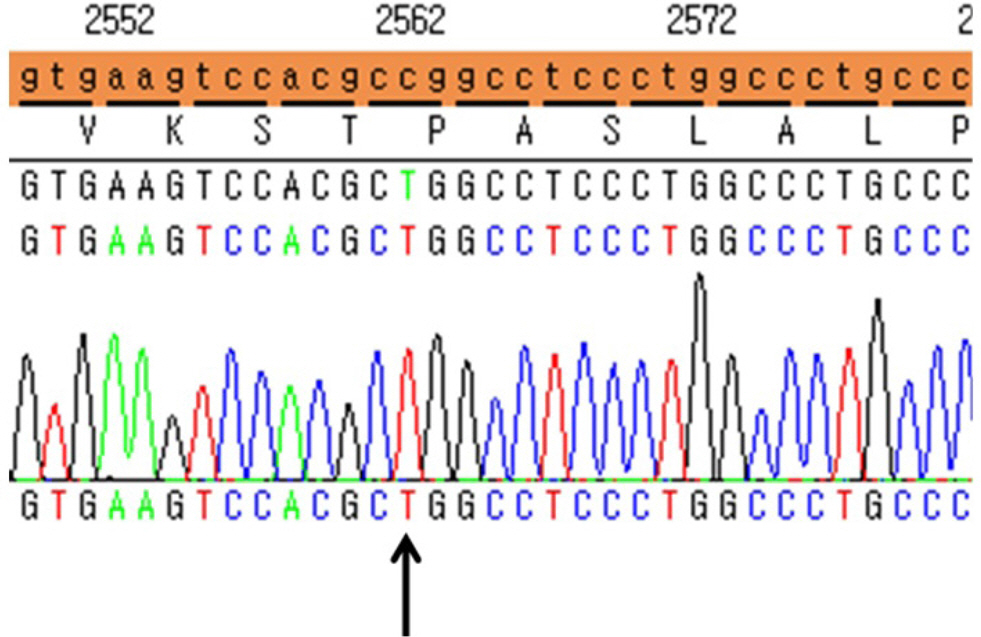Lab Med Online.
2017 Apr;7(2):79-82. 10.3343/lmo.2017.7.2.79.
Two Clinical Cases of Anti-Di(b) with Di(a+b-) Phenotypes: Practical Need for Rare Blood Donor Registry Program in Korea
- Affiliations
-
- 1Department of Laboratory Medicine, Graduate School, Kyung Hee University, Seoul, Korea.
- 2Department of Laboratory Medicine, School of Medicine, Kyung Hee University, Seoul, Korea. 153jesus@hanmail.net
- 3Department of Laboratory Medicine, Inje University College of Medicine, Busan, Korea.
- 4Department of Laboratory Medicine, Yonsei University College of Medicine, Seoul, Korea. SYKIM@yuhs.ac
- KMID: 2373856
- DOI: http://doi.org/10.3343/lmo.2017.7.2.79
Abstract
- Here, we report two cases of identified anti-Di(b) antibodies with rare Di(a+b−) blood types from two different hospitals in Korea. Di(b) mismatched transfusion could cause a hemolytic transfusion reaction. However, it is extremely difficult to find compatible blood for patients with such a rare blood type. In this regard, we concluded that national level rare donor registry program, wherein rare blood types are indexed, needs to be established. Moreover, laboratory medicine specialists at each hospital should encourage donor registration and family testing through education for helping patients with rare blood types. These efforts will help establish a system that guarantees safe blood transfusion for patients.
MeSH Terms
Figure
Reference
-
1. International Society of Blood Transfusion. Names for DI Blood Group Alleles. http://isbtweb.org/fileadmin/user_upload/files-2015/red%20cells/blood%20group%20allele%20terminology/allele%20tables/010%20DI%20Alleles%20v2.0%20110914.pdf. (v2.0 119014).2. Thompson PR, Childers DM, Hatcher DE. Anti-Dib-first and second examples. Vox Sang. 1967; 13:314–8.3. Mochizuki K, Ohto H, Hirai S, Ujiie N, Amanuma F, Kikuta A, et al. Hemolytic disease of the newborn due to anti�Dib: a case study and review of the literature. Transfusion. 2006; 46:454–60.4. Choi JW, Kim MJ, Kim MH, Park JR, Kim HO. A case of mild hemolytic disease of the fetus and newborn - The first case of anti-Dib identified on prescreening test during pregnancy. Korean J Blood Trans. 2010; 21:165–70.5. Kim HC, Kang MJ, Chae JH, Shim WS, Nahm CH, Hah KS. A case of hemolytic disease of the newborn due to Anti-Dib antibody. Korean J Blood Transfus. 1994; 5:151–8.6. Oh EJ, Jekarl DW, Jang HS, Park HI, Park YJ, Choi HA, et al. Severe hemolytic disease of the newborn due to anti-Dib treated with phototherapy and intravenous immunoglobulin. Ann Clin Lab Sci. 2008; 38:80–2.7. Park MH, Son J, Go JW, Kim JY, Ahn DH, Kim DA. A case of hemolytic disease of the newborm due to anti-Dib Antibody. J Korean Soc Neo-natol. 1999; 6:268–71.8. Petz LD, Swisher SN, Kleinman SN, Spencer RP, Strauss RG. Clinical practice of transfusion medicine. 3rd ed.New York: Churchill Living-stone Inc;1996. p. 128.9. Tsuneyama H. Diego blood system and the antibodies. Nihon Rinsho. 2005; 63:692.10. Kwon JR, Lee MN, Jang CH, Kim YK, Choi YS. Establishment of Korean Rare Blood Program in Koreans. Public Health Weekly Report. 2013; 6:846–50.11. Hong YJ, Chung Y, Hwang SM, Park JS, Kwon JR, Choi YS, et al. Genotyping of 22 blood group antigen polymorphisms and establishing a national recipient registry in the Korean population. Ann Hematol. 2016; 95:985–91.
Article12. Park JH, Cho D, Ryang DW. Transfusion support of patients with antibodies against high-frequency RBC antigens. Korean J Blood Transfus. 2014; 25:69–71.13. Mallory D, Malamut D, Sandler SG. A decade of rare donor services in the United States. Vox Sang. 1992; 63:186–91.
Article14. Kaur R, Jain A. Rare blood donor program in the country: Right time to start. Asian J Transfus Sci. 2012; 6:1.
Article15. Cho EH, Chun S, Seo JY, Kang ES, Cho D, Kim DW. A system for cryopreservation of rare red blood cell units; right time to start. Korean J Blood Transf. 2015; 26:323–5.
Article16. Lee MK, Choi BC, Oh DJ, Jeong OJ, Kim MJ. A study to establish rare blood type donor registration system. Korean J Blood Transfus. 2005; 16:38–44.
- Full Text Links
- Actions
-
Cited
- CITED
-
- Close
- Share
- Similar articles
-
- A Case of Hernolytio Disease of the Newborn due to Anti-Dib Antibody
- A Case of Mild Hemolytic Disease of the Fetus and Newborn - The First Case of Anti-Di(b) Identified on Prescreening Test during Pregnancy -
- The Clinical Significance of Antibody Screening Test Including Di(a+) Panel Cell in Asian-Mongoloid Populations
- A Case of Hemolytic Disease of Newborn due to Anti-Di(a): Consideration of the Inclusion of Di(a) Antigen in Antibody Screening Test
- Comparison between Screening Cells Including Dia and Mia Antigen for Unexpected Antibody Screening




